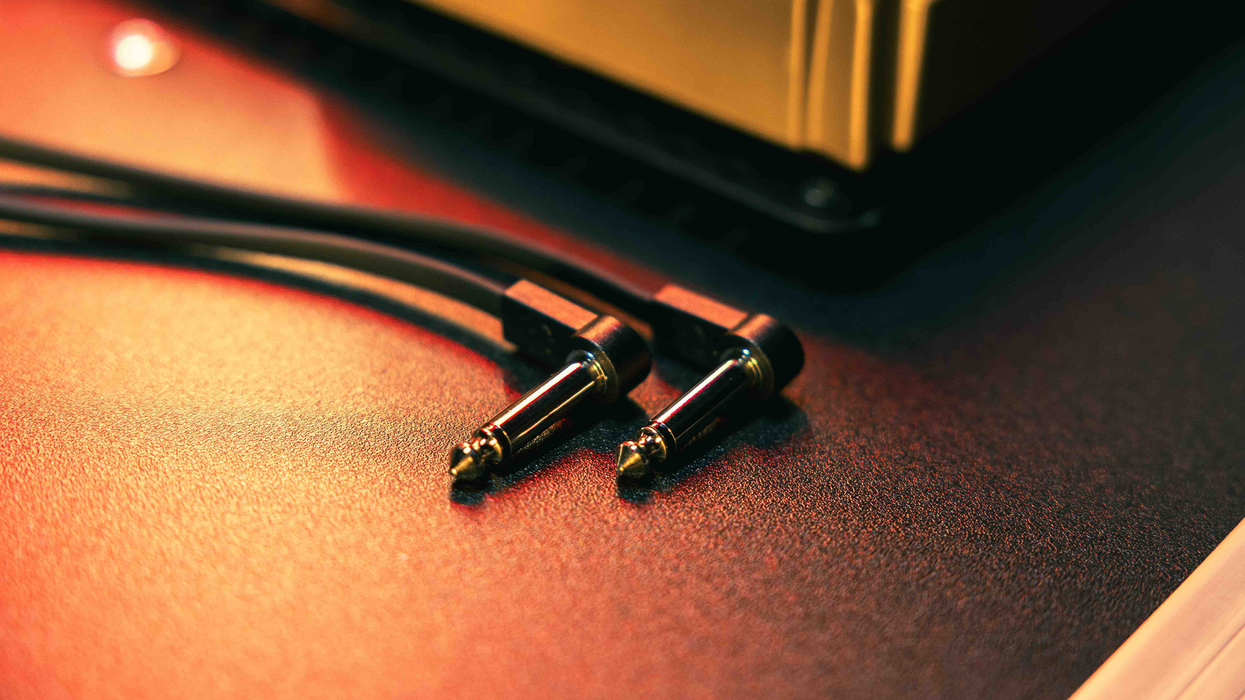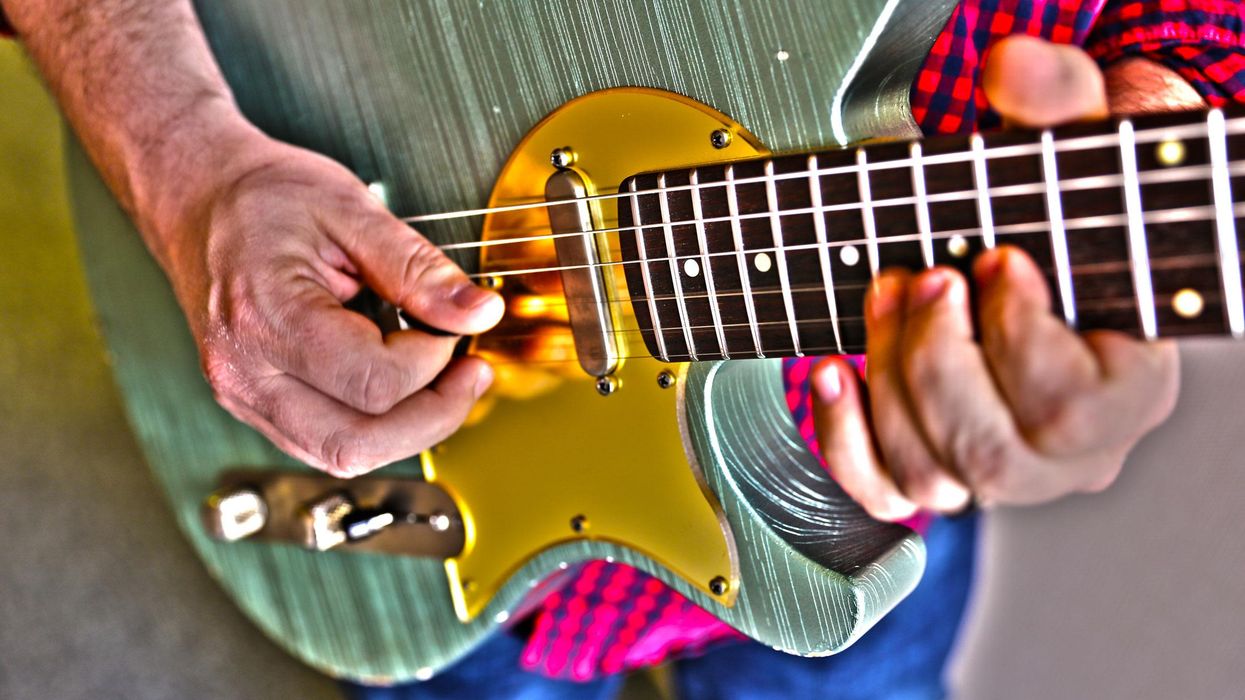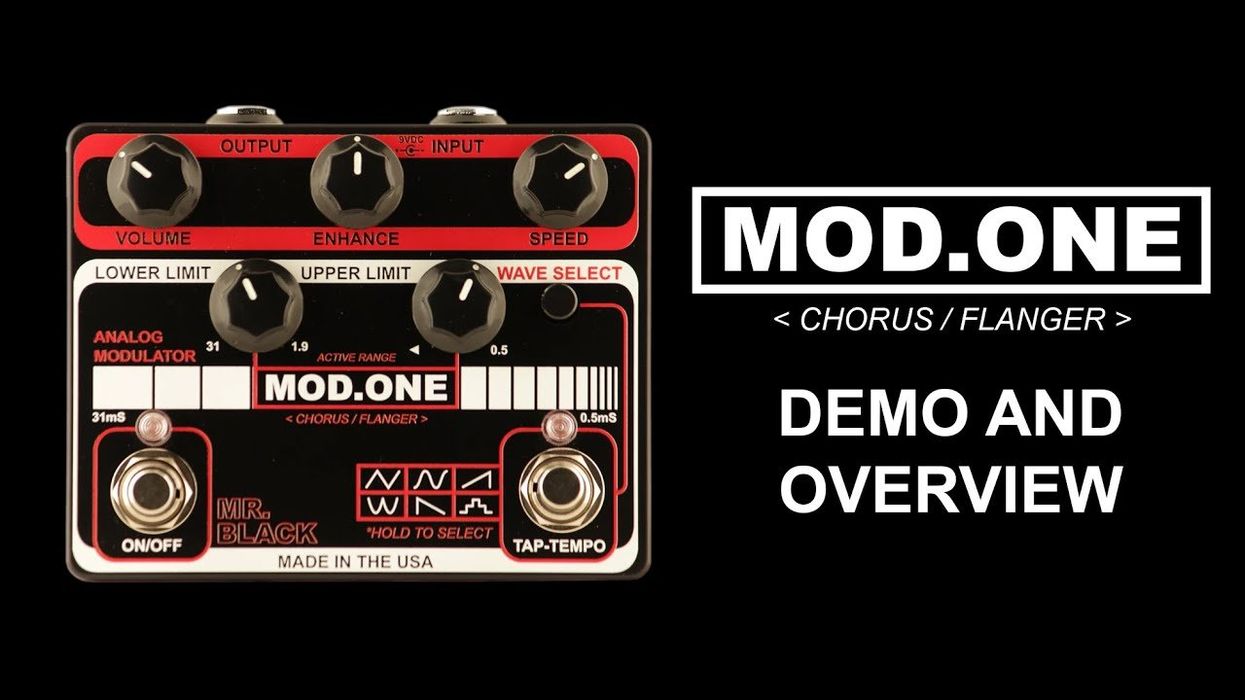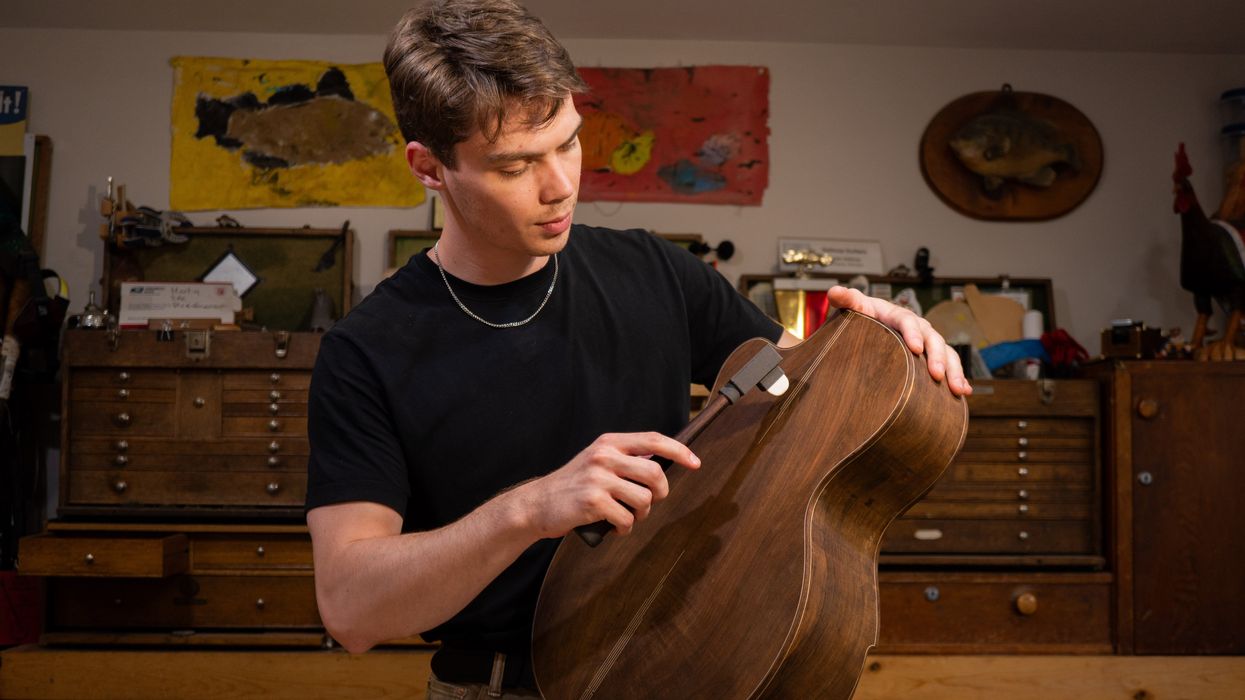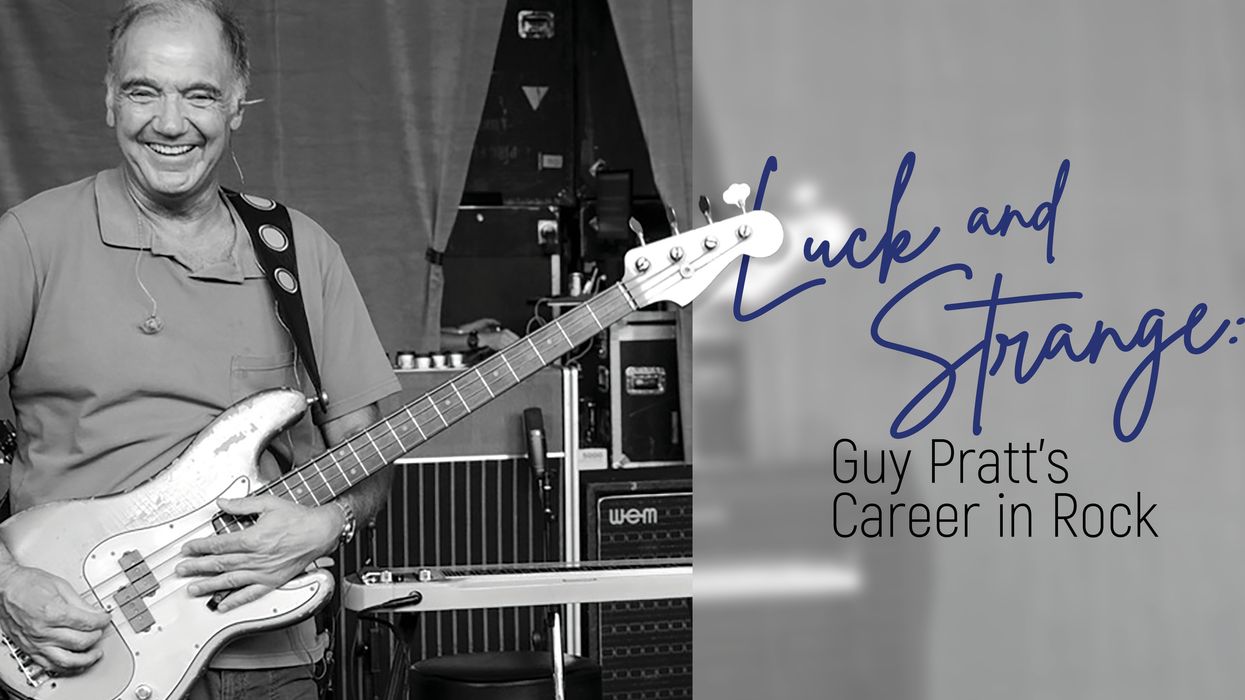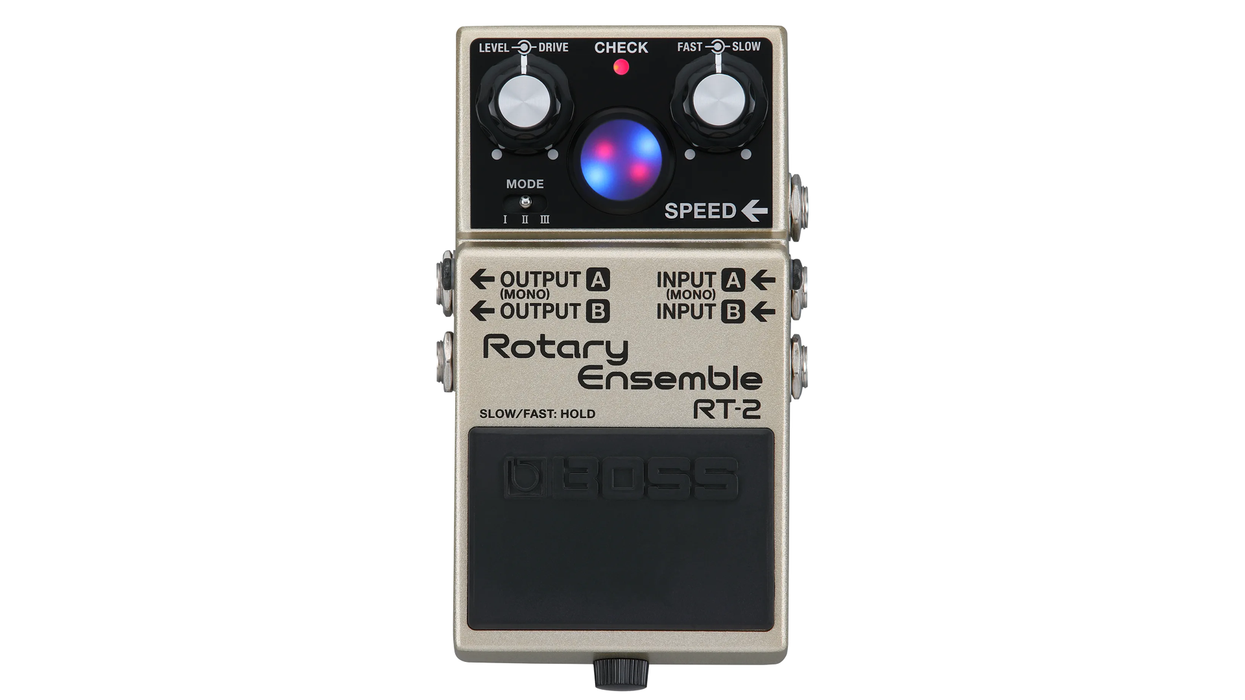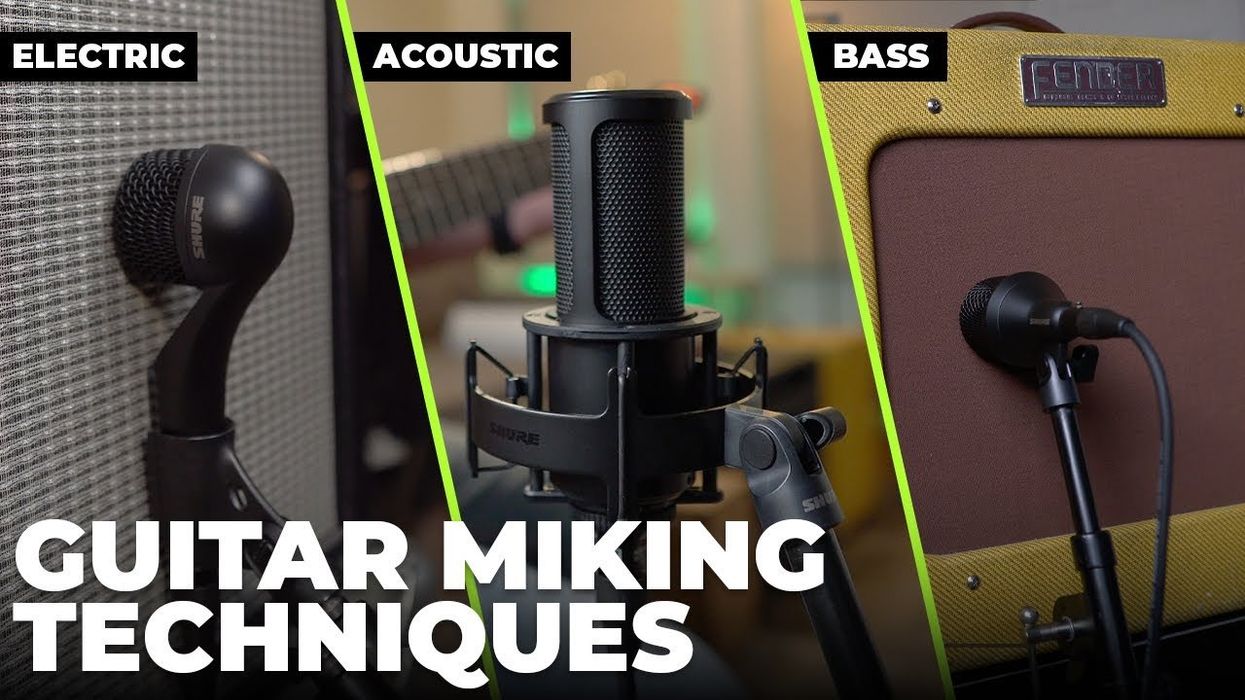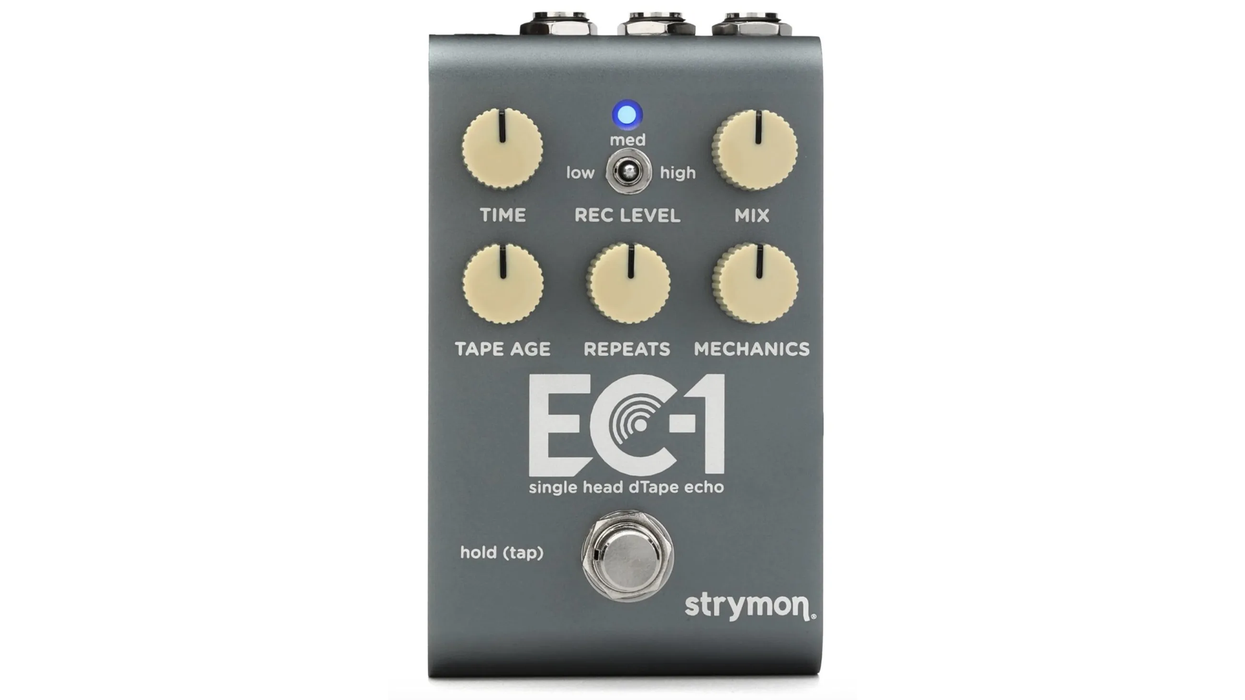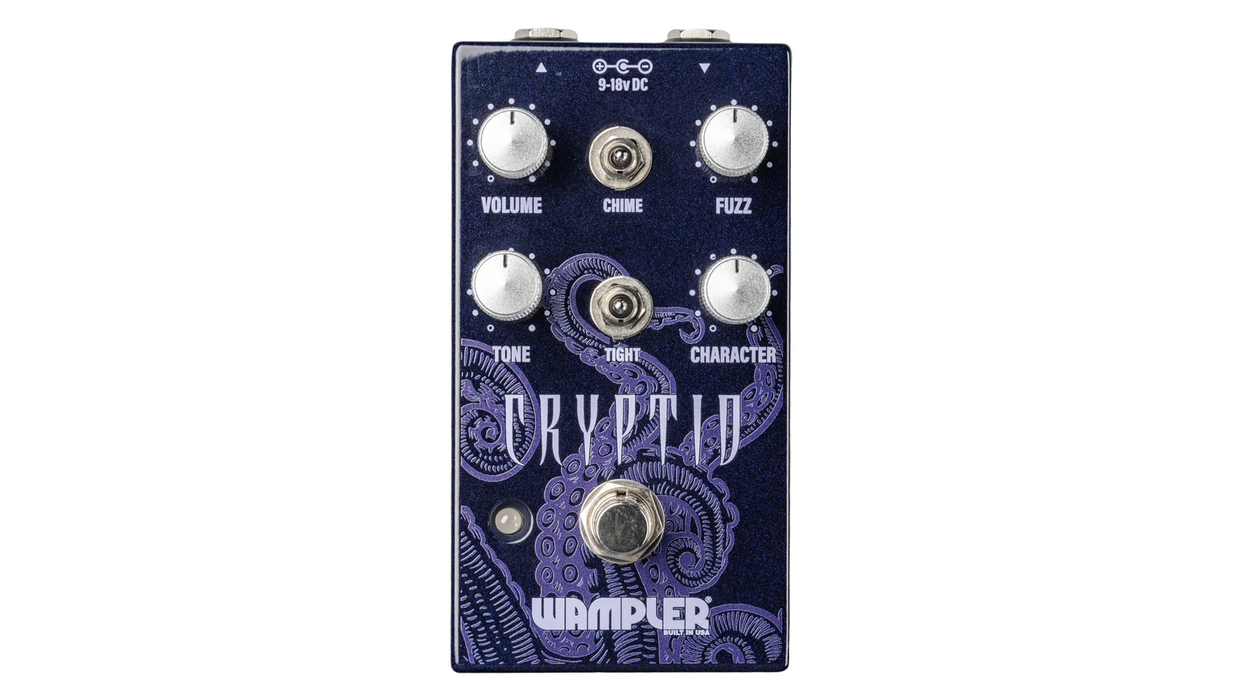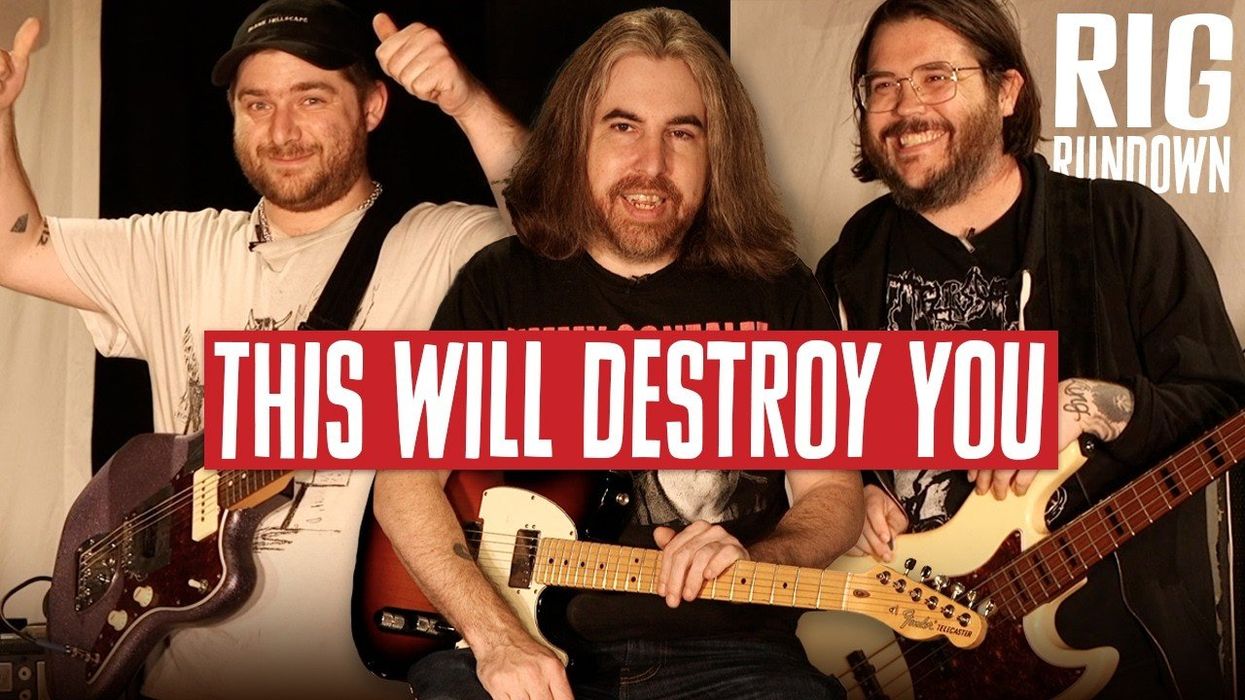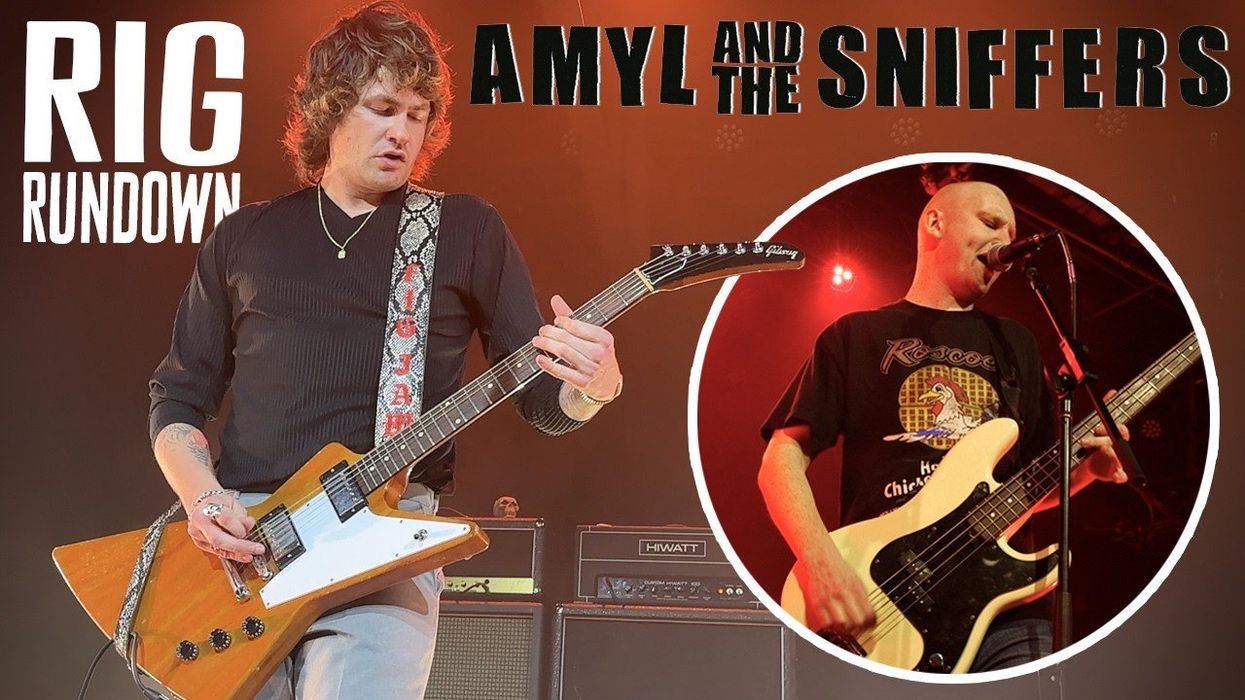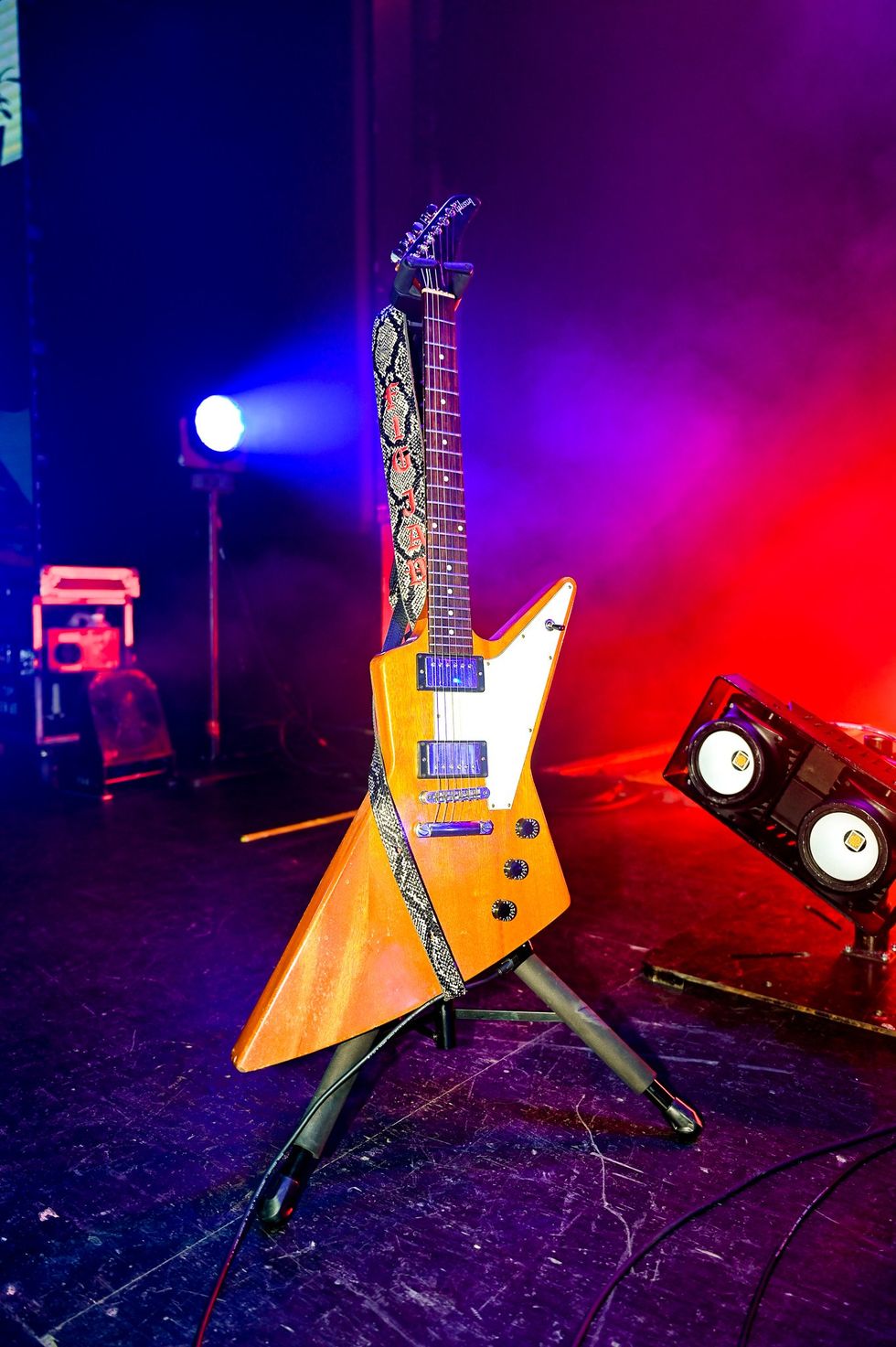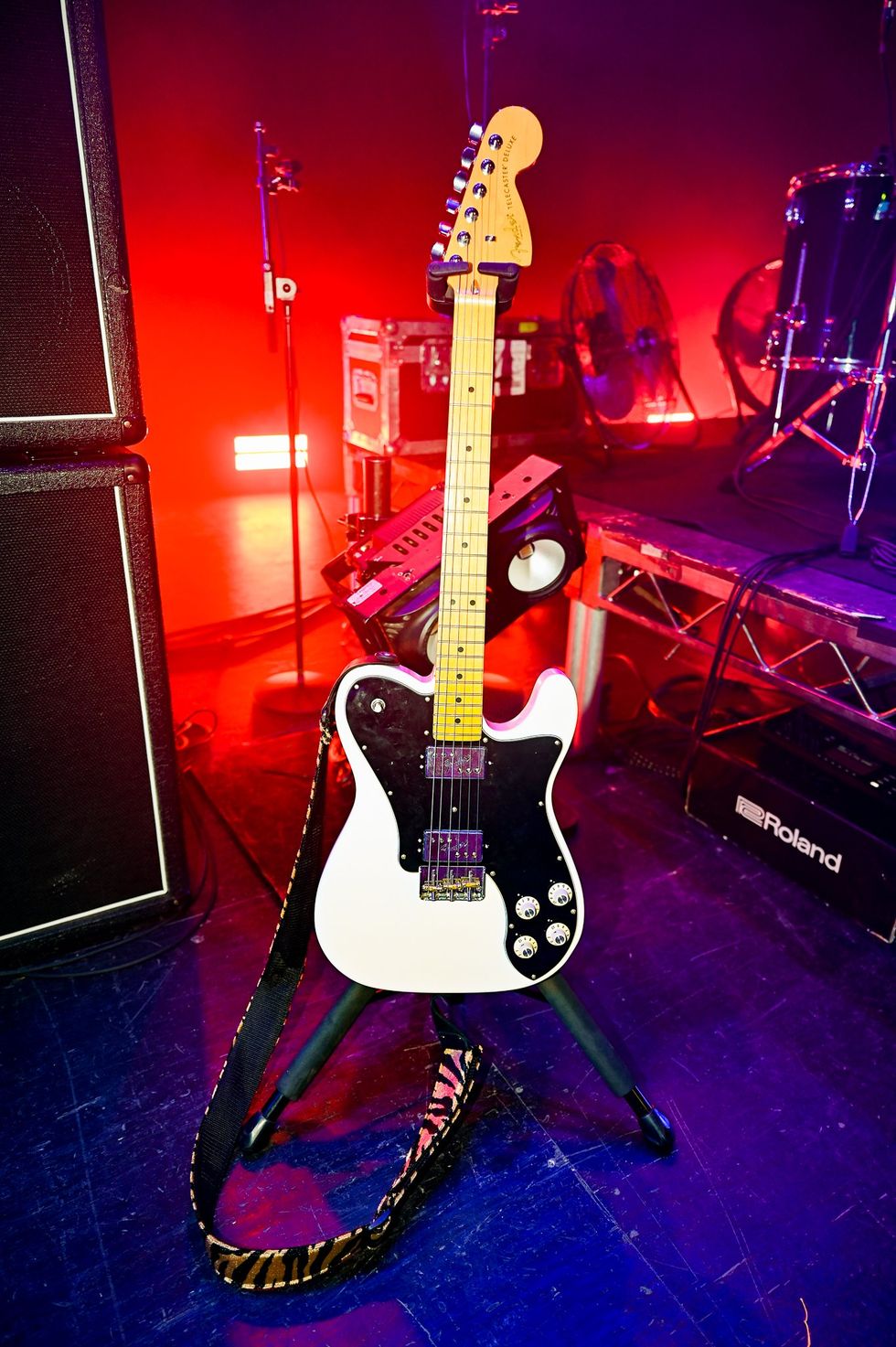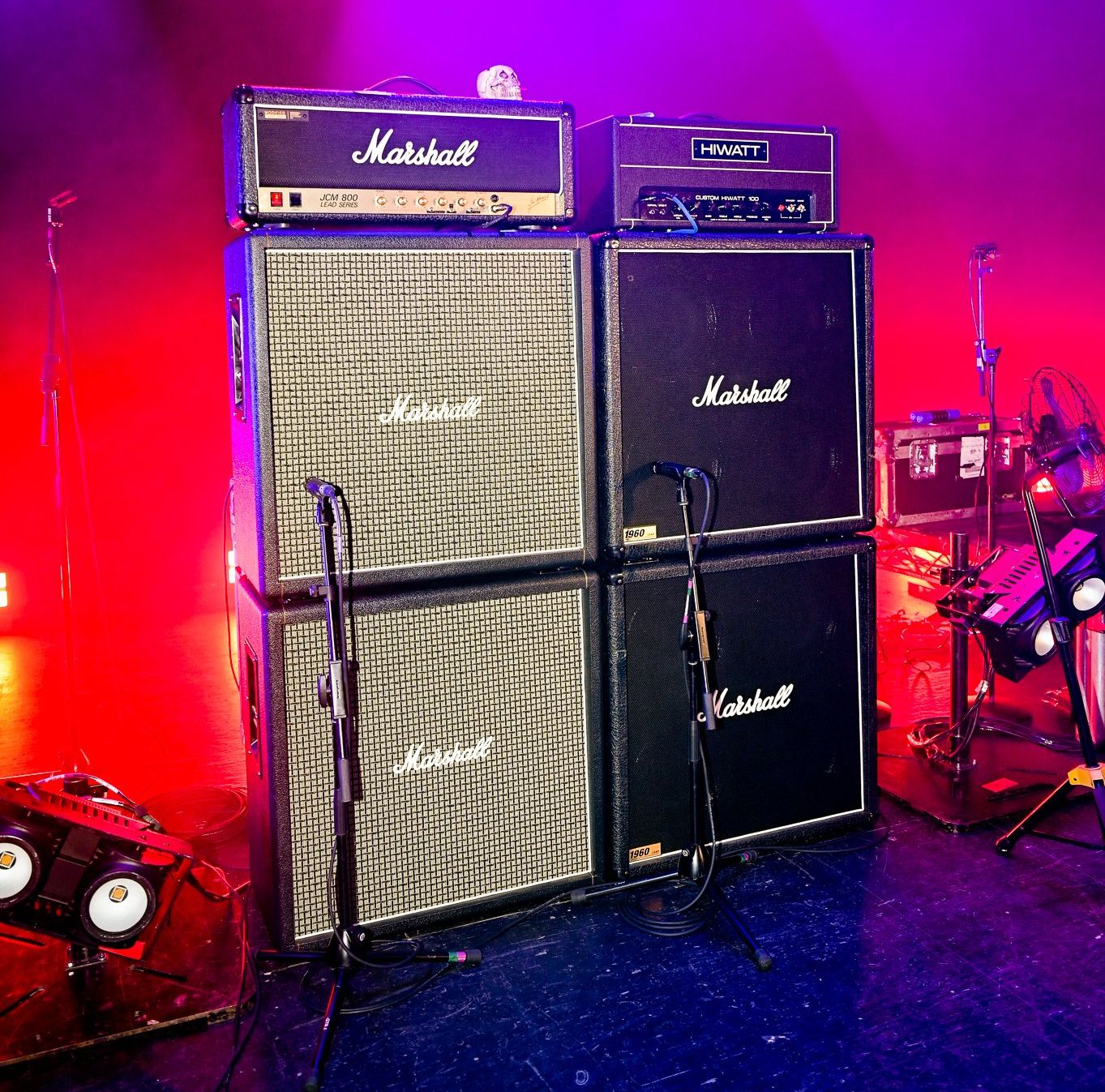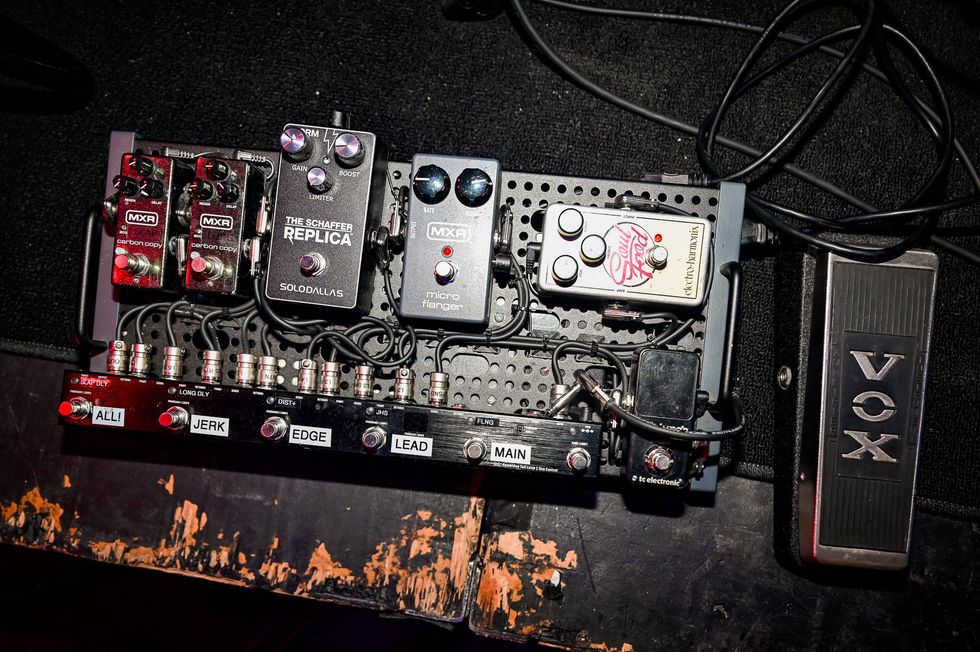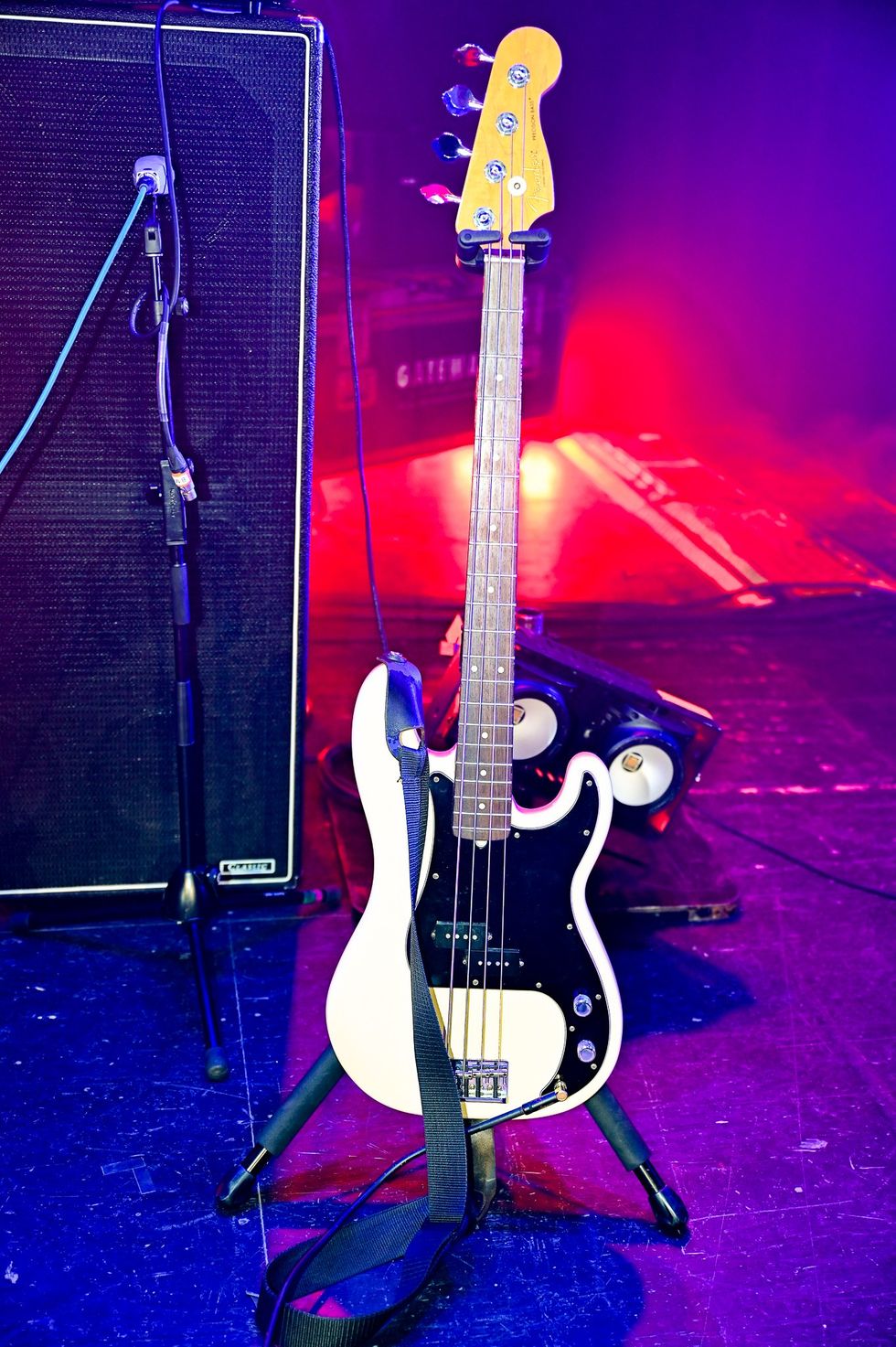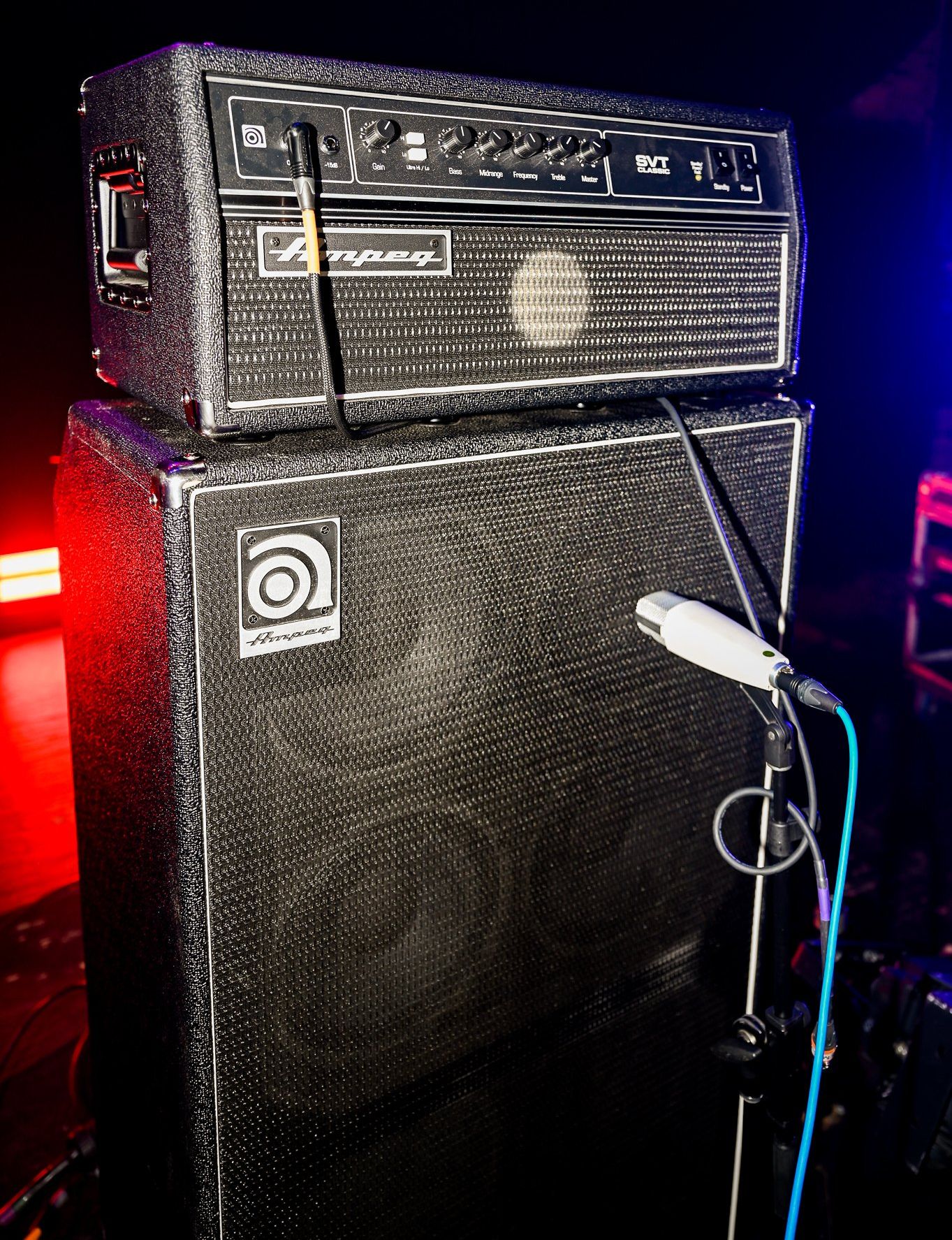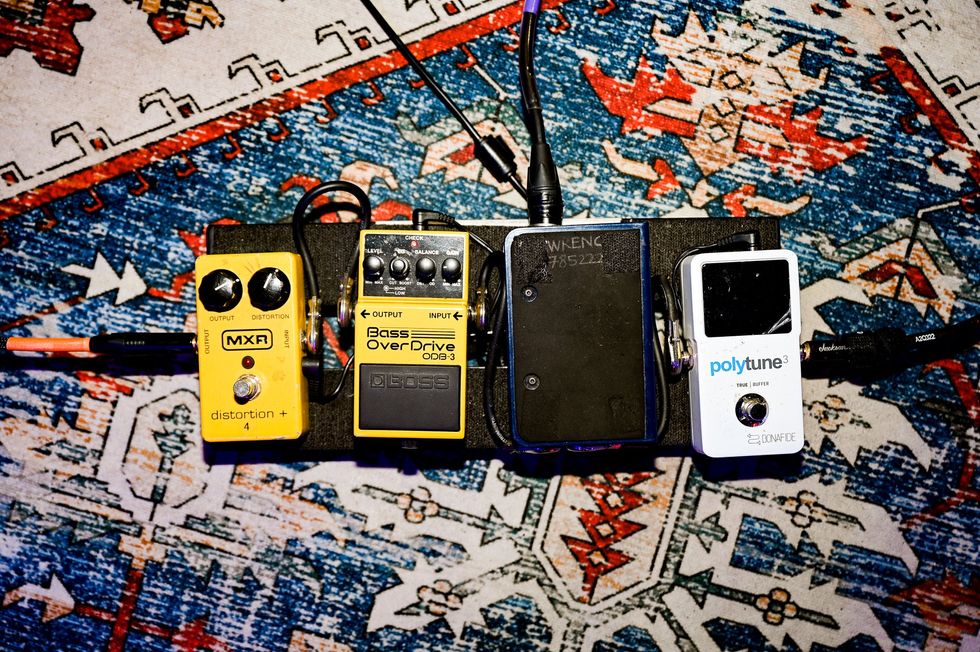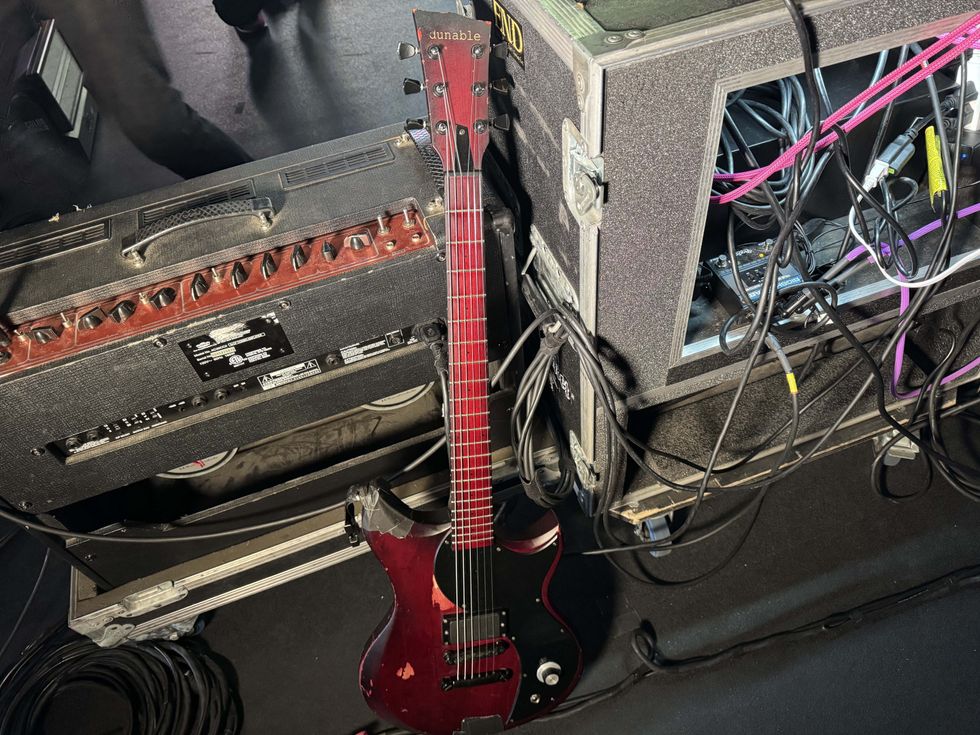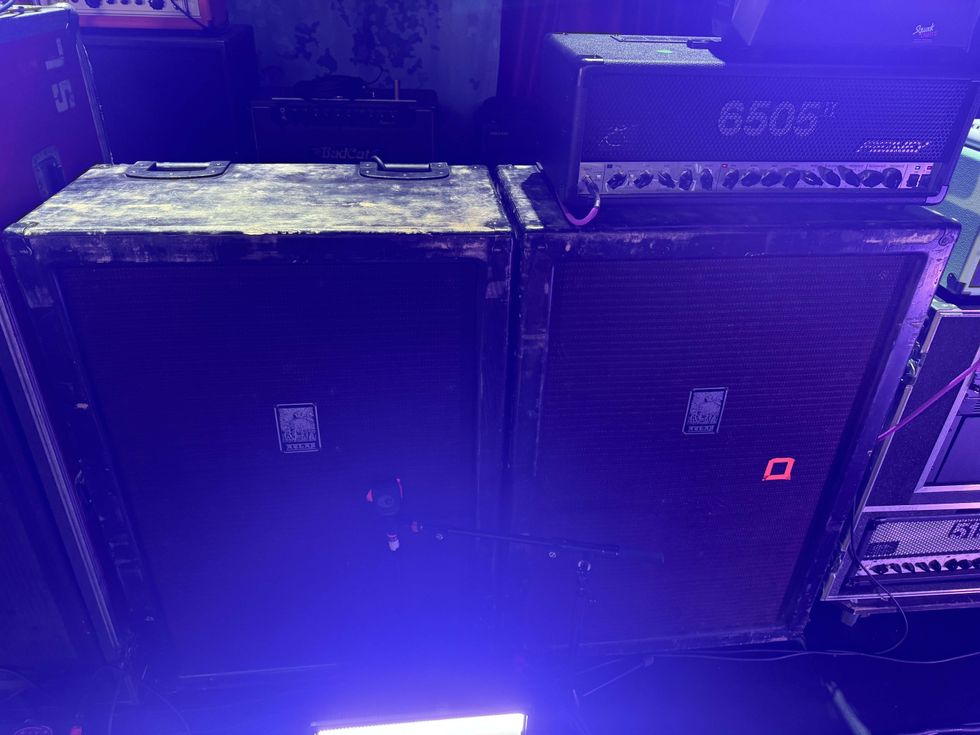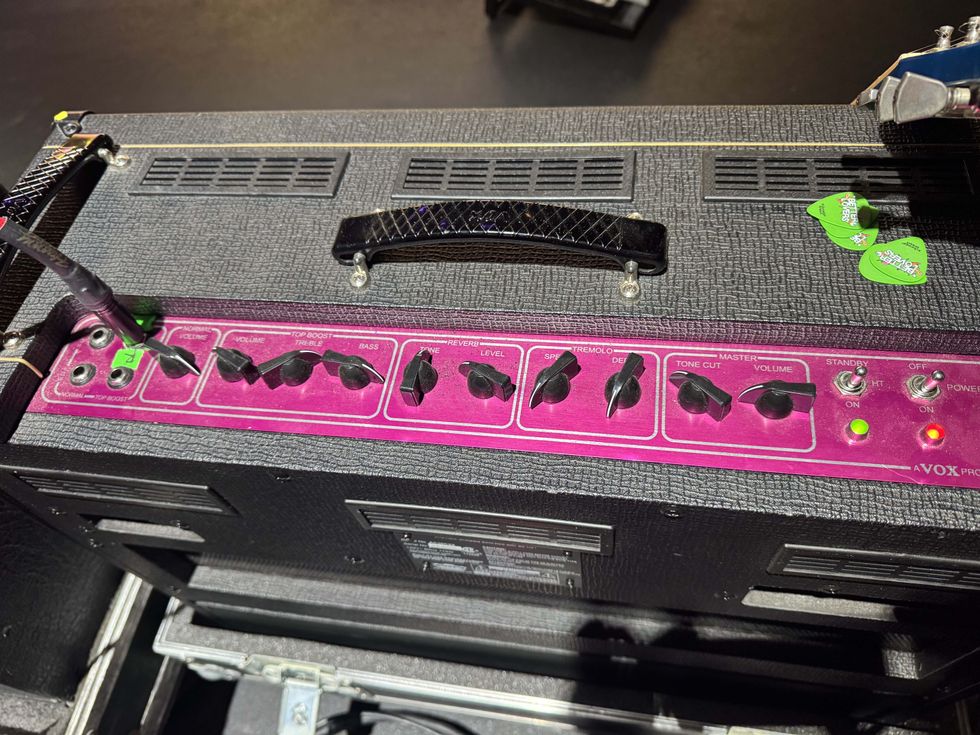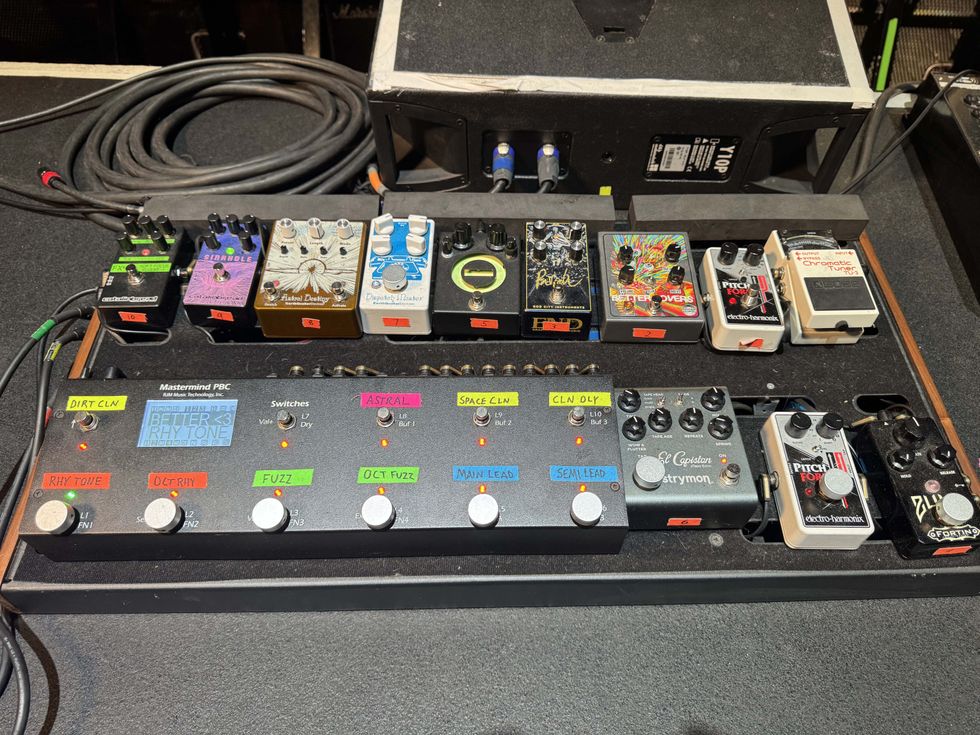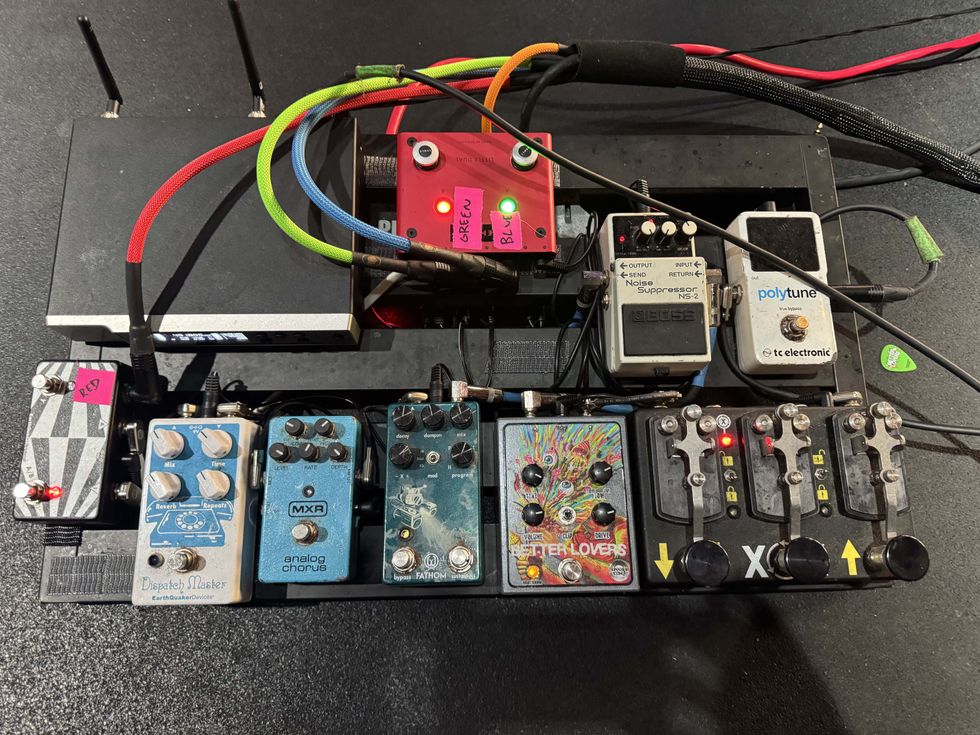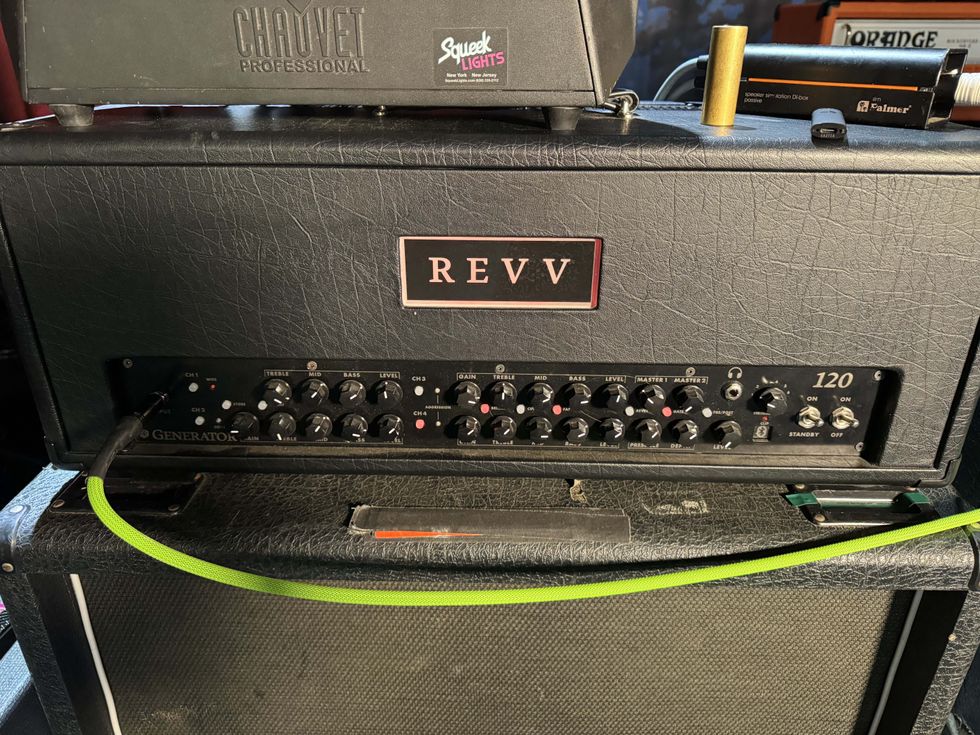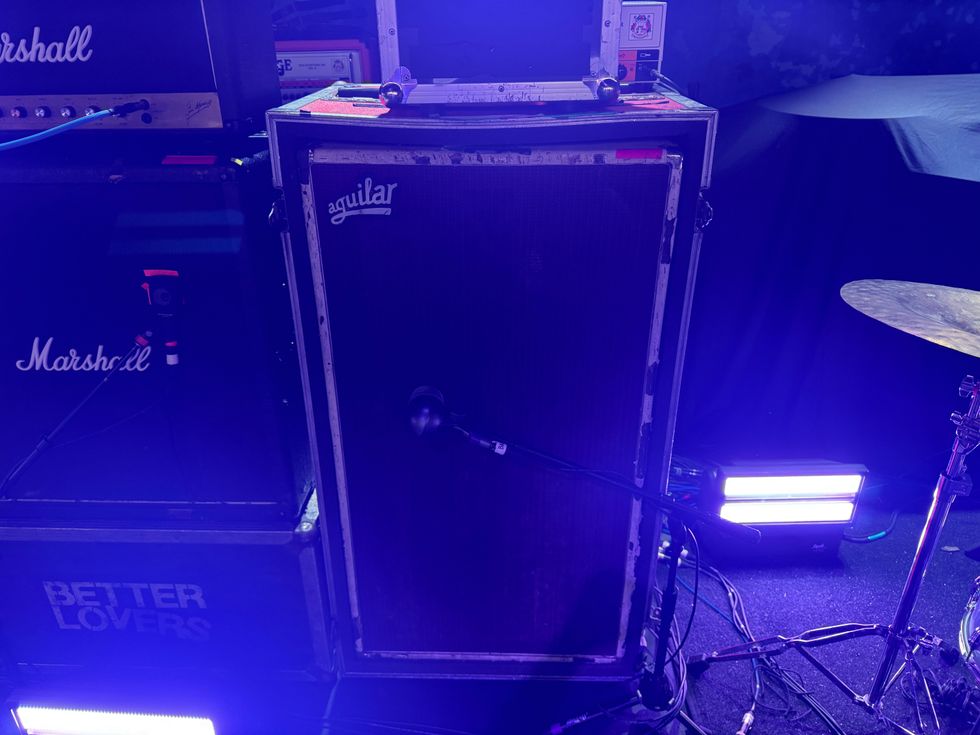Now that we’ve spent several columns exploring the pros and cons of various passive tone control systems and wiring schemes, let’s plunge into a subject that doesn’t seem like it could be a battery-free effect: distortion.
Before you start throwing away batteries, don’t expect this to be the loud distortion you’re used to getting from active, powered pedals. No esoteric tricks or advertising hype will get us past the laws of energy conservation. That said, it’s possible to generate distortion without active circuitry.
Up to now, we’ve used only simple resistors and capacitors for all the passive circuits we’ve explored, and we’ve seen how quickly the details can get complicated. In this case the wiring is pretty simple, but the element itself—a diode—and its behavior is a bit more complex. Fortunately, we don’t need to dig too deep to understand the basics.
The diode is another passive element that’s often compared to a mechanical valve. It lets all current pass in a “forward direction” and blocks it the opposite way. This is why diodes are most often used to transform alternating current to direct current—something we’re definitely not looking to do here. The effect used to distort a signal is called signal clipping or diode clipping.
With the above information, wiring a circuit as shown in Fig. 1 doesn’t look like a good idea, as the whole thing appears to resemble a perfect short circuit. In reality, it’s the forward bias or voltage drop that saves our signal ... or at least part of it.
Depending on the materials used in the circuit and how it’s constructed, a diode needs a specific voltage before it shunts the exceeding voltage/current to ground. Again, this is much like a valve that needs an initial force to overcome internal pressure before it opens up.
Once the signal exceeds this voltage, it cuts off the peaks of our sinusoidal primary signal and alters the waveform as seen in our diagram. To our ears, the resulting crippled waveform is what sounds like distortion.
What yields the distortion on our amps is a powerful amplified signal that starts to distort once it reaches a certain limit. With a diode and the weak signal from passive pickups, we need to select a diode type or material with a forward bias that lies below the output voltage of the pickups. While a higher bias only cuts off small parts of the peaks, lower values result in a bigger cut-off and higher distortion—and also a weaker output signal.
Additionally, there are two basic variants of clipping circuits: asymmetrical and symmetrical. The single-sided asymmetrical cuts just one of the two peaks, while the double-sided symmetrically cuts both sides via two opposed diodes. And just to make it complete, a third variation could be an asymmetric double-sided clipper using different diodes and forward voltages.
With a wiring as simple as this, the difficulty is—once again—finding the right parts. As with many of the tone control circuits we’ve discussed previously, the parts are cheap but the sheer number of different available options makes it hard to decide which one will work best. Pickup voltages rarely exceed 0.5V, so most of the silicon diodes available with their 0.7V bias wouldn’t alter our signal at all. Germanium types around 0.3V should work, at least when combined with a decently powerful pickup. Another solution is to use silicon-based Schottky or “hot-carrier” diodes, which are well known for their low forward voltage.
We also need to consider commercially available products like Black Ice, which the manufacturer describes as a battery-free, onboard overdrive that offers different degrees of distortion depending on how you wire it into your instrument.
How does diode clipping sound? Again, don’t expect this circuit to replace any fuzz or distortion pedal! Distorted or not, cutting peaks isn’t very likely to make the final sound any louder, and it actually feels a bit weird to add distortion with diode clipping and get a less powerful signal. Thanks to our psychoacoustic perception, the added crunch partially compensates for this, but it’s not like the warm distortion of a glowing tube, and the overall tone gets muddy, dark, and mellow, which is why many players recommend pairing a diode-clipping circuit with single-coils.


